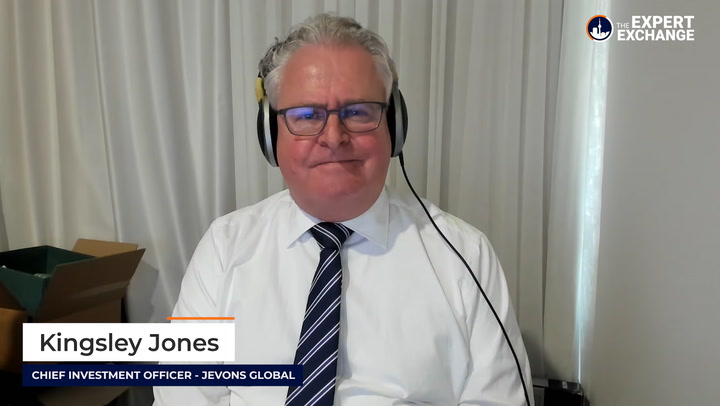- The seasonally adjusted Wage Price Index (WPI) grew 0.6 per cent in the September quarter 2021, with an annual growth rate of 2.2 per cent
- Australian Bureau of Statistics (ABS) data showed wages in the private sector increased by 2.4 per cent year-on-year
- The rate is still considerably below the Reserve Bank of Australia’s target of three per cent or higher
- The public sector’s growth rate has remained lower than the private sector’s, with this being the first increase in the annual rate since the March quarter of 2020
The seasonally adjusted Wage Price Index (WPI) grew 0.6 per cent in the September quarter of 2021, with an annual growth rate of 2.2 per cent, according to numbers issued today by the Australian Bureau of Statistics (ABS).
Wages in the private sector increased by 2.4 per cent year-on-year, maintaining the trend of yearly rises since the series low in the third quarter of 2020.
However, the rate is still considerably below the Reserve Bank of Australia’s target of three per cent or higher.
The public sector’s growth rate has remained lower than the private sector’s, with this being the first increase in the annual rate since the March quarter of 2020.
“This release of WPI shows the return of a more regular September quarter pattern of wage growth, following the labour market disruptions through 2020 and 2021,” ABS head of price statistics Michelle Marquardt said.
“Wage and salary reviews around the end of the financial year, scheduled enterprise agreements and annual award rises all contributed to growth. Pockets of wage pressure continued to build for skilled construction-related, technical and business services roles, leading to larger ad hoc rises as businesses looked to retain experienced staff and attract new staff.”
In basic terms, quarterly pay increase in the mining industry varied from 0.4 per cent to 1.3 per cent in the professional, scientific and technological services industry in the September quarter 2021.
Tasmania and the Australian Capital Territory had the highest quarterly increase (one per cent) in the country, while South Australia had the lowest (0.7 per cent). Tasmania likewise had the greatest annual salary growth rate (2.7 per cent), while South Australia had the lowest (1.8 per cent).
With a workforce dwindling due to border closures and an industry services sector experiencing record-high demand, firms are increasing pay and bonuses to attract and keep employees.








